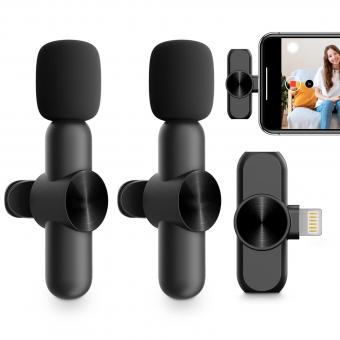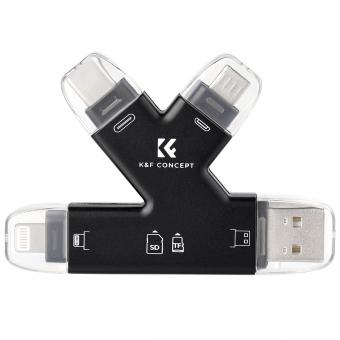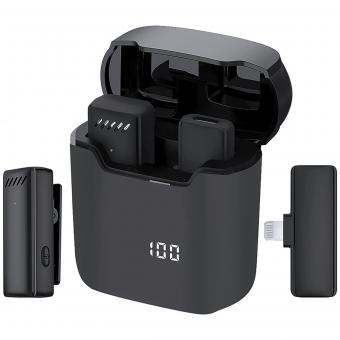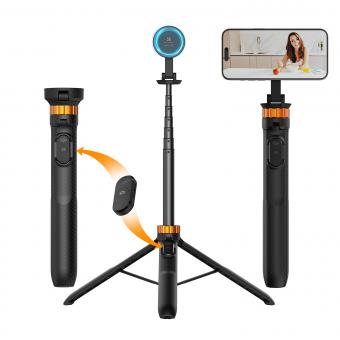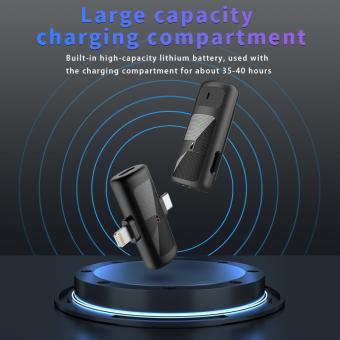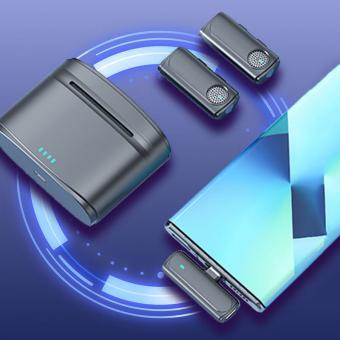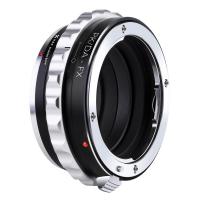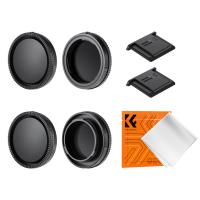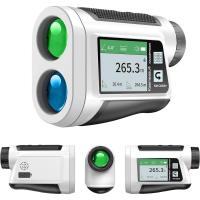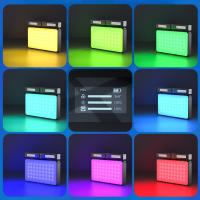How To Make Your Iphone Mic Sound Better ?
There are a few ways to potentially improve the sound quality of your iPhone's microphone. First, ensure that the microphone is not obstructed by any objects or debris. Additionally, try cleaning the microphone gently with a soft cloth. Adjusting the microphone settings in the iPhone's settings menu may also help. You can go to Settings > Privacy > Microphone and enable access for the apps you want to use the microphone with. Additionally, consider using an external microphone or headset for better audio quality during recordings or calls.
1、 Adjusting microphone settings on your iPhone for optimal sound quality.
Adjusting microphone settings on your iPhone for optimal sound quality is essential if you want to improve the audio during calls, recordings, or voice memos. By making a few tweaks, you can significantly enhance the clarity and overall performance of your iPhone's microphone.
Firstly, ensure that your iPhone's microphone is not obstructed by any debris or dirt. Clean the microphone gently using a soft cloth or a small brush. This simple step can make a noticeable difference in sound quality.
Next, check your iPhone's microphone settings. Open the Settings app and navigate to "Sounds & Haptics" or "Sounds & Touches." Tap on "Microphone" and make sure it is enabled. You can also adjust the microphone input volume by moving the slider to the desired level. Experiment with different volume levels to find the one that suits your needs best.
Additionally, consider using a third-party microphone app from the App Store. These apps often offer advanced features and settings to enhance the microphone's performance. Some apps allow you to adjust the gain, equalizer, or noise reduction settings, providing more control over the sound quality.
Furthermore, using an external microphone can significantly improve the sound quality on your iPhone. There are various options available, such as lavalier microphones, shotgun microphones, or USB microphones that can be connected to your iPhone via an adapter. These external microphones are designed to capture audio more accurately and can be particularly useful for recording interviews, podcasts, or music.
In conclusion, by cleaning your iPhone's microphone, adjusting the settings, using third-party microphone apps, or connecting an external microphone, you can make your iPhone mic sound better. Experiment with these tips to find the combination that works best for your specific needs and enjoy improved audio quality on your iPhone.
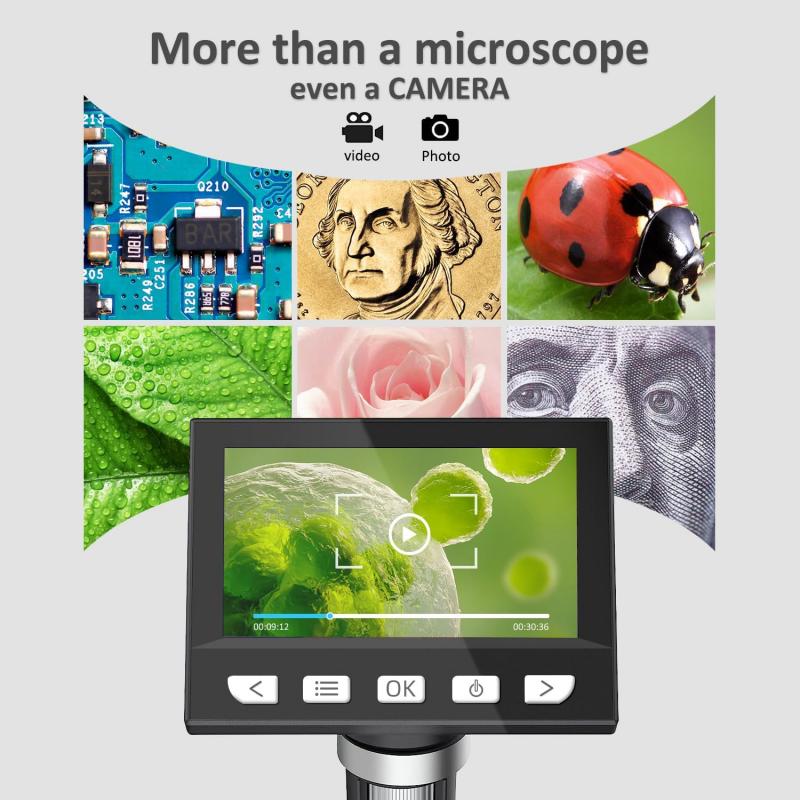
2、 Using external microphones or accessories to enhance iPhone audio.
Using external microphones or accessories to enhance iPhone audio is a great way to make your iPhone mic sound better. The built-in microphone on iPhones is decent, but it may not always capture audio with the desired clarity or quality. By investing in external microphones or accessories, you can significantly improve the audio recording capabilities of your iPhone.
One popular option is to use a lavalier microphone, also known as a lapel mic. These small, clip-on microphones can be attached to your clothing, allowing you to capture clear and focused audio directly from the source. Lavalier microphones are particularly useful for interviews, vlogs, or any situation where you need to record audio from a specific person.
Another option is to use a shotgun microphone. These directional microphones are designed to capture audio from a specific direction while minimizing background noise. Shotgun microphones are ideal for recording videos or podcasts, as they can help isolate the sound you want to capture and eliminate unwanted noise.
Additionally, you can consider using an audio interface or a digital recorder that connects to your iPhone. These devices allow you to connect professional-grade microphones to your iPhone, providing even better audio quality. They often offer features like adjustable gain control and phantom power, which can further enhance the sound.
It's worth noting that with the latest advancements in iPhone technology, the built-in microphones have improved significantly. The iPhone 12 Pro, for example, features a three-microphone system that offers better audio quality and spatial audio recording capabilities. However, if you're looking for professional-grade audio or specific recording needs, using external microphones or accessories is still the way to go.
In conclusion, if you want to make your iPhone mic sound better, investing in external microphones or accessories is a wise choice. Whether it's a lavalier microphone, shotgun microphone, or audio interface, these tools can greatly enhance the audio recording capabilities of your iPhone and help you achieve high-quality sound for your videos, podcasts, interviews, or any other audio recording needs.
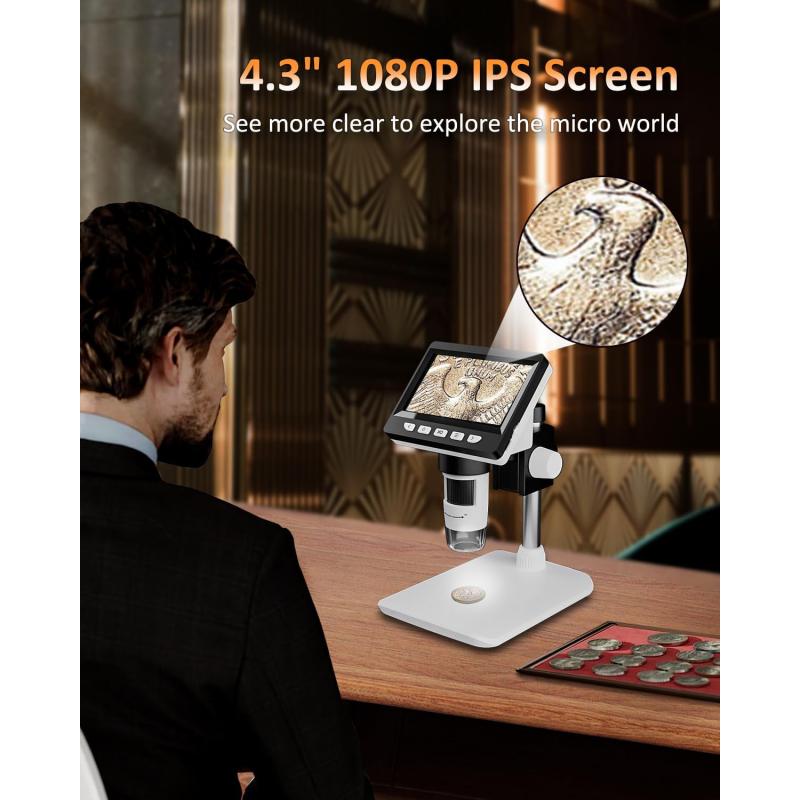
3、 Positioning your iPhone correctly for improved microphone performance.
Positioning your iPhone correctly for improved microphone performance is crucial if you want to enhance the sound quality of your recordings or phone calls. Here are some tips on how to make your iPhone mic sound better:
1. Hold the iPhone correctly: When making a call or recording audio, hold your iPhone with the microphone facing towards you. This will ensure that your voice is captured clearly and without any obstruction.
2. Avoid covering the microphone: Many iPhone models have multiple microphones located at different positions. Make sure you are not covering any of these microphones with your fingers or hand while using the device. This can muffle the sound and result in poor audio quality.
3. Reduce background noise: Find a quiet environment when making calls or recording audio. Background noise can interfere with the microphone's ability to capture your voice clearly. Consider using a noise-canceling app or feature to minimize unwanted sounds.
4. Use a microphone accessory: If you frequently need to record high-quality audio, consider investing in an external microphone accessory for your iPhone. These accessories can significantly improve the sound quality and provide more control over audio recording.
5. Keep the microphone clean: Over time, dust and debris can accumulate on the microphone, affecting its performance. Use a soft, lint-free cloth to gently clean the microphone area and remove any dirt or grime.
It's important to note that the latest iPhone models often come with advanced microphone technology, which can provide better sound quality compared to older models. However, following these positioning tips can still help optimize the microphone's performance and ensure clearer audio recordings or phone calls.

4、 Cleaning the microphone ports to remove any debris or blockages.
Cleaning the microphone ports to remove any debris or blockages is one way to potentially improve the sound quality of your iPhone's microphone. Over time, dust, lint, and other particles can accumulate in the microphone ports, leading to muffled or distorted audio during calls or recordings. By regularly cleaning these ports, you can ensure that the microphone functions optimally.
To clean the microphone ports, you can use a soft-bristled brush or a clean, dry toothbrush. Gently brush the ports to dislodge any debris that may be obstructing the microphone. It's important to be gentle and avoid applying too much pressure to prevent any damage to the delicate components.
Another method to clean the microphone ports is by using compressed air. You can purchase a can of compressed air specifically designed for electronics cleaning. Hold the can upright and use short bursts of air to blow away any debris from the ports. However, be cautious not to hold the can too close to the ports to prevent any moisture from entering the device.
It's worth noting that while cleaning the microphone ports can help improve sound quality, it may not solve all issues. If you continue to experience poor audio quality, it could be a hardware or software problem that requires further troubleshooting or professional assistance. In such cases, it's advisable to contact Apple Support or visit an authorized service center for assistance.
In addition to cleaning the microphone ports, there are a few other steps you can take to potentially enhance the sound quality on your iPhone. These include ensuring that your device is running the latest software updates, adjusting the microphone settings in the phone's settings menu, and using a high-quality external microphone for better audio capture.








